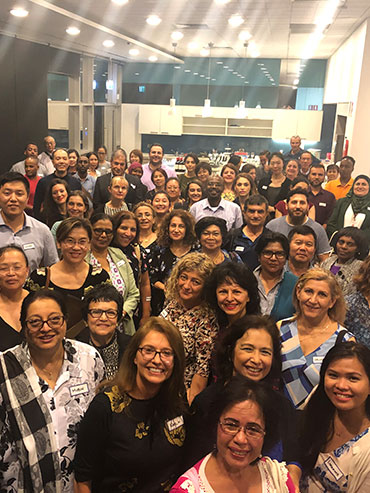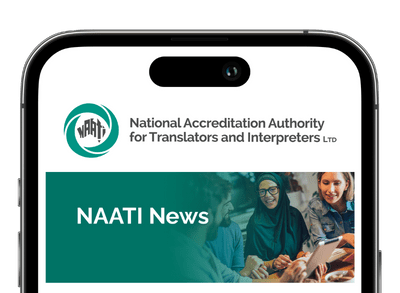Video remote interpreting (VRI) has experienced a burst in popularity across several industries and is relied on every day for real-time communication. VRI connects two parties with an interpreter via internet video conferencing. This allows for remote interpreting which captures both what is said and the important body language component of communication. It is used widely across many countries and is continuing to grow in popularity in Australia.
VRI is especially important during this period of COVID-19, as it means we are able to limit close contact and promote physical distancing while still providing essential services. Having this option available allows access to healthcare for everyone, including those from culturally and linguistically diverse (CALD) backgrounds, those living in remote areas or those isolating at home.
Unfortunately, those from CALD backgrounds in Australia often have less access to healthcare services, which may result in poorer health outcomes. Additionally, many people may seek to avoid visiting the doctor in person due to the threat of COVID-19. Allowing patients to access healthcare from home is particularly important for elderly and immunocompromised people at this time.
Overseas, on-demand VRI is often used in hospital emergency rooms. It’s essential under these circumstances that patients and caregivers are able to communicate easily and quickly with medical personnel. In emergency situations, an interpreter sometimes can’t arrive at the hospital in the very urgent time frame required. In those cases, a hospital with VRI capability can connect with a remote interpreter quickly and conduct triage and intake surveys with the patient or caregiver without delay. The on-demand aspect is extremely important as any delays in the emergency department can lead to critical health issues.
On-demand video remote interpreters are essential to providing high-quality healthcare while maintaining physical distancing to prevent the spread of COVID-19 and other viruses and diseases.
Translationz is helping connect patient, doctors and interpreters quickly and easily, by instantly matching the hospital with an on-demand interpreter via live video conferencing. This service allows the hospital to provide significantly more language options, serving many more communities.
Karen Hodgson, the CEO of Translationz, has reported, “Many of our clients are recognising the value of switching from telephone to video interpreting. On-demand VRI allows greater flexibility and access to qualified medical interpreters, meeting our hospital and health services clients’ fast changing needs. We are thrilled to be leaders in providing on-demand VRI services. The ability to access remote interpreters through a live video service enables healthcare providers to deliver exceptional care, work efficiently and cost-effectively.”

VRI is particularly useful for a language such as Hmong. Hmong Recognised Practising Interpreter, Janet Lor, acknowledges that the Hmong language is a shallow language and vocabulary is very limited. Therefore, it is vital when interpreting in Hmong both the interpreter and their clients benefit from seeing each other’s facial expressions as this helps build trust and provides better communication for all parties involved.
The Gold Coast Hospital in Queensland has set up several virtual clinics to process overseas visitors coming to Queensland. In these virtual clinics when an interpreter is required, the doctor accesses Translationz’ online portal, selects the language interpreter required and in most cases in less than one minute, is connected to a video interpreter. If the CALD patient is in a different location, Translationz operators connect in the all parties. The Gold Coast Hospital is leading the way in virtual interpreting by choosing to only pursue video interpreting and no longer accessing telephone or onsite interpreting in these virtual clinics.
The benefits of telehealth include convenience, increased access to care from a distance, especially for patients living in rural areas. Now is the time for Australia to fully embrace these services and make the usage of telehealth mainstream. If we do this, we will be prepared for the next pandemic and the future of healthcare.
